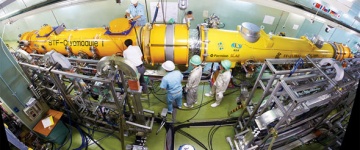Image of the week
Today’s technology in 18th-century frameworkThe TESLA Technology Collaboration Meeting was held from 28 February to 3 March, hosted by the University of Milan and INFN Sezione di Milano. |
In the News
-
From New Scientist2 March 2011…Although the Tevatron will stop collecting new data in September, that doesn’t mean we will run out of data to analyse. Over the Tevatron’s years of operation, the two main experiments, CDF and DZero, have gathered a formidable amount of data.
-
From UChicago News2 March 2011Bruce Winstein, an experimental physicist who studied the afterglow of the universe’s birth, died Feb. 28 after a four-year battle with cancer. He was 67.
-
From Science4 March 2011For decades, astronomers’ observations have indicated that some elusive “dark matter” provides most of the gravity needed to keep the stars from flying out of the galaxies. …Now, many physicists expect that within 5 to 10 years they will finally discover particles of dark matter—that is, if they haven’t already done so.
-
From physicsworld.com8 March 2011Simon van der Meer, who shared the 1984 Nobel Prize for Physics with Carlo Rubbia, died on 4 March at the age of 85. The pair were awarded the prize for their roles in discovering the W and Z bosons – the particles that carry the weak force – at the Super Proton Synchrotron (SPS) at the CERN particle-physics lab near Geneva.
Copyright © 2026 ILC International Development Team




